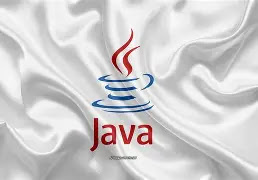How AI is Transforming Education: Benefits, Challenges & Future Trends

How AI is Transforming Education in 2025 How AI is Transforming Education in 2025 Artificial Intelligence (AI) is no longer just a buzzword — it's transforming how we teach, learn, and interact in classrooms. From adaptive learning platforms to AI tutors and virtual classrooms, technology is reshaping education at all levels. Let’s explore how AI is revolutionizing education and what the future holds. 🔍 What is AI in Education? AI in education refers to the use of machine learning, natural language processing, and data-driven algorithms to enhance learning processes. It can analyze students’ learning patterns, provide personalized content, and assist educators in decision-making. 🎯 Key Benefits of AI in Education 1. Personalized Learning: AI adapts learning content to each student's pace, style, and performance. 2. Automated Administrative Tasks: AI reduces the burden on teachers by automating tasks like grading and atte...





